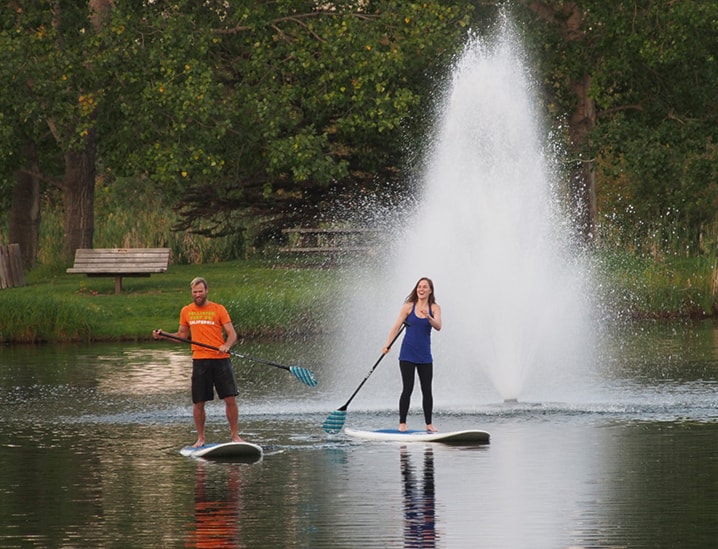A rainy start quickly gave way to a solid, warmer than normal, summer in Central Alberta.
Bill McMurtry, Environment Canada meteorologist, said the month-to-month breakdown showed a slightly cooler than normal June, followed by very warm temperatures in July and August.
“July and August really made up for it,” said McMurtry. “Both months were about a one-and-a-half degree above normal for the entire month. That’s a reasonable departure from normal, noticeable enough.”
On top of being cooler than normal in June, it was a very wet month. McMurtry said about 50 per cent more precipitation fell in June than the average for that month.
But in July it swung the other way when about two-thirds the normal amount of precipitation fell.
“August has been pretty average, just a few millimetres above average,” said McMurtry. “When we look at June, July and August from a precipitation stand point is just slightly above the normal.
“But there’s a bit of an aberration there in that June was quite wet and July was quite dry.”
Looking across the country, McMurtry said the slightly wetter and warmer summer was common for the Western Provinces with B.C., Alberta and western Saskatchewan enjoying similar weather conditions. Further east in Ontario and Quebec the summer was cooler.
A full outlook for fall from Environment Canada is expected out sometime early in September. In the interim, McMurtry said they expect to see cooler temperatures and unsettled conditions with rain being a very real chance.
However, the unsettled conditions bring clouds overnight, which can help stave off the first frost of the fall.
“As long as we maintain clouds overnight it is pretty hard for us to get frost this time of year,” said McMurtry. “Some areas west, once you get into the foothills you could see a little bit of frost. Other than that, for the most part, it’s not really a frost-like pattern setting up.”
The average frost-free period in Central Alberta is from May 23 to Sept. 11, about 110 days during the year. The average first frost in the region can happen from Sept. 9 to 11. But, statistically the area will have its first front by Sept. 3, one in four years.
mcrawford@www.reddeeradvocate.com
